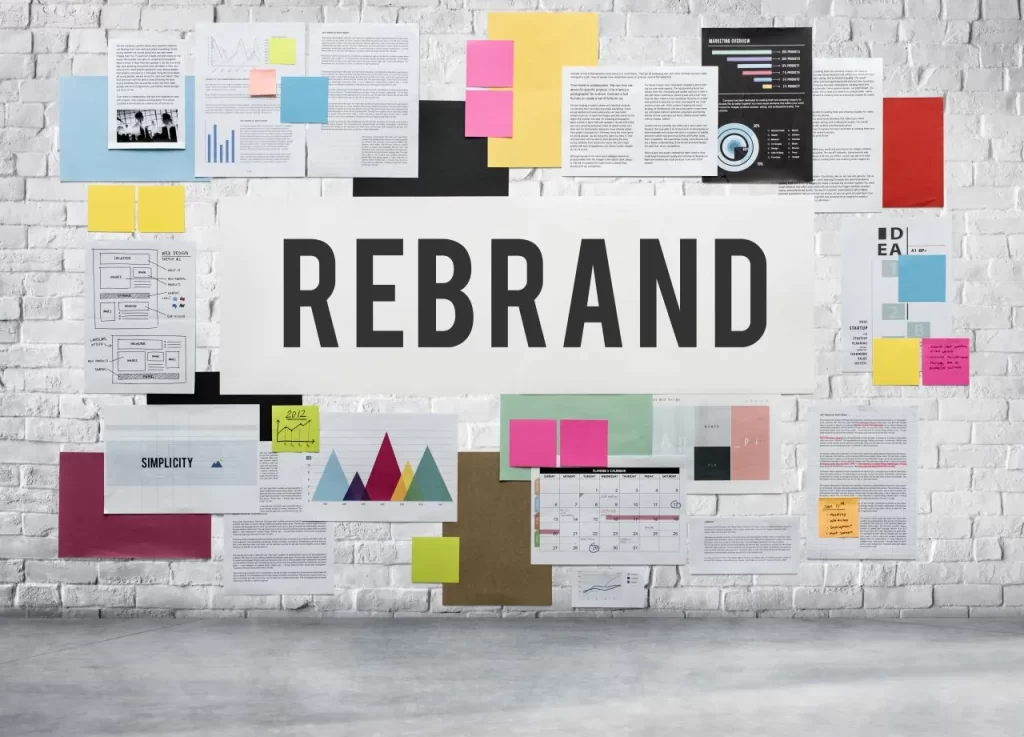Behind every visually stunning website lies a strategic blueprint that orchestrates its design, functionality, and user experience. As you embark on the journey of crafting a website that not only captivates eyes but also delights users, delve into the meticulous planning required to transform your vision into a digital masterpiece.
User Experience Design (UX): Orchestrating Seamless Interactions
User Experience (UX) design is the conductor of your website’s symphony. It’s the art of creating a seamless, intuitive, and enjoyable interaction between users and your website. It’s not just about aesthetics; it’s about crafting an experience that leaves users with a positive impression.
Imagine a user arriving at your e-commerce site. Intuitive navigation, clear categorization, and a user-friendly checkout process enhance their journey. By understanding user behavior and preferences, you can create a UX that ensures visitors find what they’re looking for effortlessly.
Wireframing and Prototyping: Mapping the User Journey
Before the brush touches the canvas, a skilled artist sketches the blueprint. Similarly, in web design, wireframing and prototyping lay the foundation for your website’s structure and functionality. Wireframes are skeletal outlines that map the layout, while prototypes provide an interactive preview of the user journey.
Visualize a travel website. The wireframe outlines the arrangement of navigation, content blocks, and visual elements. The prototype allows users to interact with the menu, explore destinations, and experience the interface’s flow. This step ensures that design decisions are rooted in user-centered principles.
Color Psychology: Painting Emotions with Hues
Colors are more than mere aesthetics; they evoke emotions, influence perceptions, and play a pivotal role in user experience. Color psychology is the science of understanding how colors impact emotions and behaviors.
Consider a wellness website aiming to convey tranquility and balance. Soft blues and greens are chosen to create a calming atmosphere. On the other hand, a vibrant and energetic brand might employ bold reds and yellows. By understanding color psychology, you can wield colors as tools of emotional communication.
Typography Matters: The Art of Visual Communication
Typography is the voice of your website—every font choice speaks volumes about your brand’s personality and values. Typography isn’t just about selecting fonts; it’s about creating a harmonious hierarchy that guides users through your content.
Imagine a news website. The headline uses a bold, attention-grabbing font to convey urgency, while body text employs a clean and readable font for effortless consumption. By choosing fonts that align with your brand identity and enhance readability, you ensure a visually pleasing experience.
Mobile-Friendly Design: Adapting to Diverse Devices
The digital landscape isn’t confined to desktops alone. With the proliferation of mobile devices, responsive design is no longer optional—it’s mandatory. Mobile-friendly design ensures that your website looks and functions seamlessly across various screen sizes.
Visualize a restaurant website. On a desktop, it showcases an extensive menu and detailed images. On a mobile device, it presents a condensed menu for easy navigation. Responsive design guarantees that users have a consistent and engaging experience, regardless of their device.
From mapping user journeys through wireframing to evoking emotions through color psychology, website design is a symphony of careful planning, creative execution, and user-centered strategy. By delving into the principles of UX, wireframing, color psychology, typography, and responsive design, you lay the groundwork for a website that not only dazzles the eyes but also resonates with the hearts of your users.















